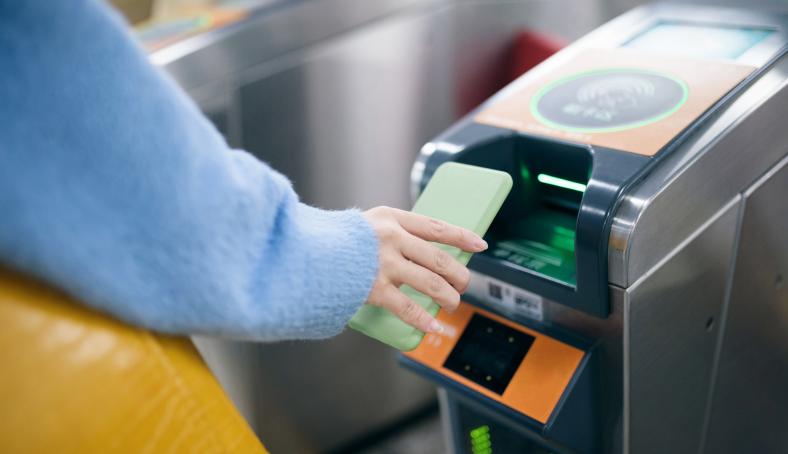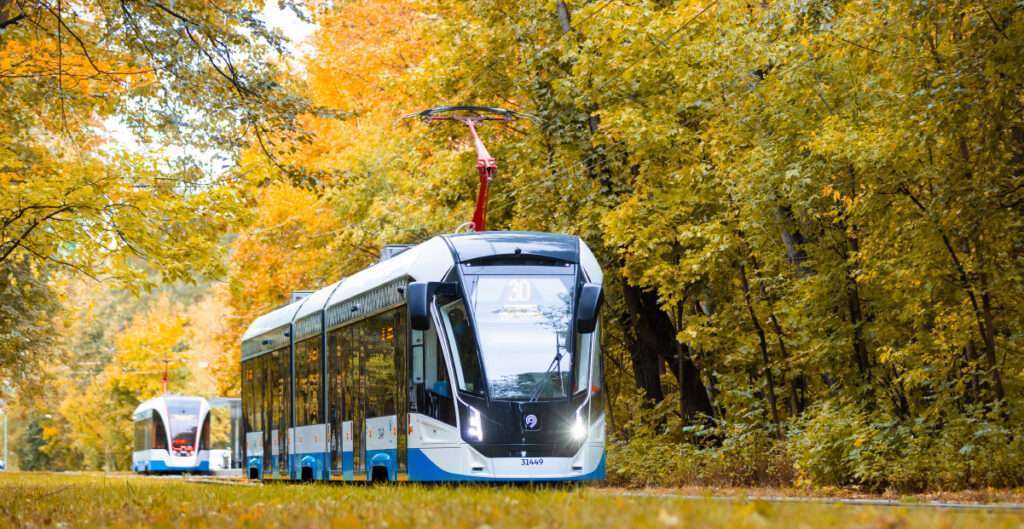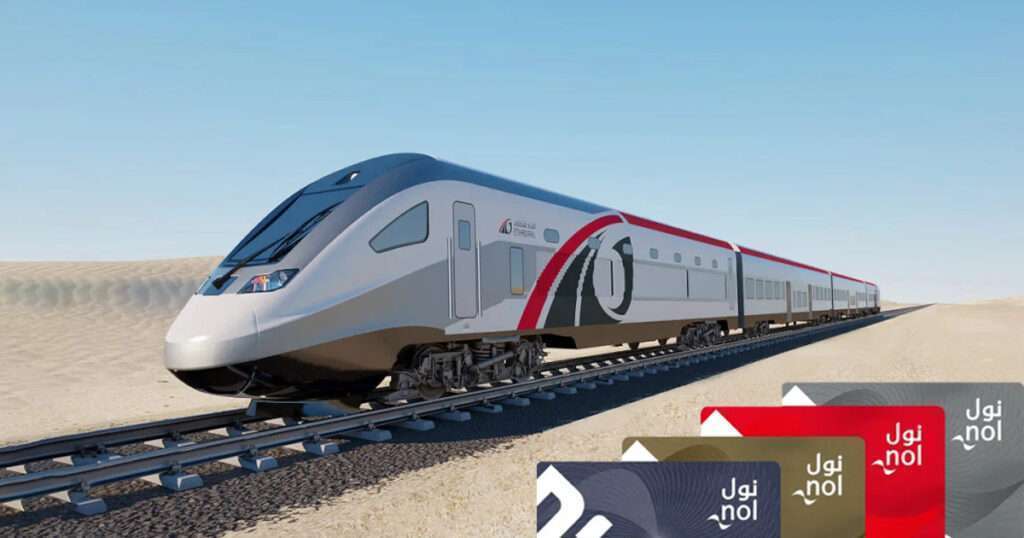Article updated on 18 January 2022
“One ticket, please.” In this period of Covid-19 pandemic, many cities are looking for solutions to respect the barrier gestures as much as possible. Notably in terms of purchasing tickets. Since the appearance of the magnetic card in the 2000s, twenty years later, new and more innovative solutions have appeared. Focus on the existing ticket dematerialization systems.
The Open Payment
No more need for the inevitable magnetic transport card, from now on, only your contactless payment card will do. Known as Open Payment, this technology allows the user to pay directly on board the transport using his credit card. Launched at the 2012 London Olympics, the system was a real success in its first week with one million users. Today, Open Payment is still very popular and accounts for around 18% of validated journeys made.
In France, Dijon is the only city to have deployed it with Worldline, in partnership with Keolis, the Caisse d’Epargne de Bourgogne-Franche-Comté and Visa. This has been the case since March 2018, with more than half a million journeys paid by bank cards. It is important to note, however, that this Open Payment technology represents a huge cost for transport operators. From the renewal of validators to control equipment, the latter is obliged to be able to retrieve and transfer data reliably and securely. As an indication, the Dijon metropolis has spent nearly €50,000 to equip all of these “22 tramway trains and 200 buses with validation terminals, software and specific control devices”.
Mobile application via NFC, Bluetooth or QR code
With a global smartphone ownership rate of 67%, it seemed obvious that one-day transport operators would rely on it. Indeed, in many networks, users now have the possibility to buy tickets directly from their mobile application. When accessing public transport, all they have to do is put their phone on the validators. The system can be based on either NFC, Bluetooth or QR-Code technology.
In France, for example, the city of Toulouse offers its mobile application TICKET easy. An app that allows users to calculate their itinerary, pay remotely and validate their tickets using NFC technology. In Île-de-France, the Wizway joint venture has dematerialized the famous Navigo pass throughout the IDF Mobilités network, with partners such as Thales and Dejamobile. Even though it has a low-cost deployment, NFC is encountering a few obstacles. Indeed, in order to use this device, you have to use Android devices equipped with an NFC chip because they are the only ones compatible. In 2021, out of the 6.1 billion smartphones in circulation, only 3.9 billion will be NFC compatible.
Another technology more widespread on mobile phones is Bluetooth. Transport Bordeaux Métropole (TBM) has opted for this solution with the deployment of its application with the startup ‘Witick’. On the side of the Bordeaux operator, this simply required the installation of “a small Bluetooth pad placed in the existing terminals”. Based on BLE (Bluetooth Low Energy) technology, it is both iOS and Android compatible. Above all, it has the advantage of very low battery consumption. However, the disadvantage of Bluetooth is that, unlike NFC, the user’s phone must necessarily be switched on.
The last solution is the QR code. On the operator side, it is one of the cheapest solutions. Because they only have to attach QR code stickers in the transports. It is notably a technology developed by the French startup MyBus, deployed in several cities. “Free, universal and ready-to-use m-Ticketing solution for public transport”, the dematerialized ticket is available via the MyBus application. By flashing the QR code, it is automatically added to the application as proof of purchase.
The SMS ticket
Another solution to dematerialize tickets via smartphone is the SMS ticket. As its name suggests, this service allows you to use public transport with an SMS as a ticket. From Paris, Lyon, Rouen, Grenoble, Le Havre, many cities have deployed this solution. A system that avoids any contact with drivers. To obtain his ticket, the passenger only has to send an SMS to receive his ticket by message. Thanks to an agreement with the various telephone operators, the amount is deducted directly from his or her mobile phone bill. Today, many companies have specialized in this field, such as the French startup Atsuké.
In Lyon, the price of an SMS ticket is €1.90, compared to €2.20 for bus drivers. Valid for one hour, the system only works for bus journeys. This excludes all journeys by metro, tramway or funiculars in the TCL (Lyon public transport) network. A detail that greatly complicates certain intermodal journeys. RATP’s “SMS Ticket Bus”, which is only valid for bus journeys, is also a major complication for some intermodal journeys. In the age of MaaS and intermodality, it is highly likely that these new technologies will no longer be dedicated solely to public transport.

Facial recognition
What if you didn’t need anything to take public transport? No more ticket, no more smartphone, no more credit card… A new solution is emerging in 2021: Face Pay. While Europe is at the stage of dematerializing tickets, Moscow is way ahead of it by offering a more unusual means of payment. Indeed, the Russian capital is using facial recognition as a payment tool for metro journeys. In order to benefit from this, all you have to do is associate your photo, your bank card and your Muscovite Troika ticket on the “Moskvy Metro” application. Then, the user simply goes to the labelled gates. Finally, all that remains is to look at the camera to pass through the turnstile and onto the platform. The amount to be paid is automatically debited from the credit card. Access to the metro is now seamless and touch-free.
Of course, this service remains optional and everyone is free to use it or not. The information collected is stored in data processing centers to which only senior officials have access. In addition, the camera will link a “biometric key” and not an image of the person’s face. However, this technology raises some privacy concerns, although the authorities claim to secure all transmitted data.





